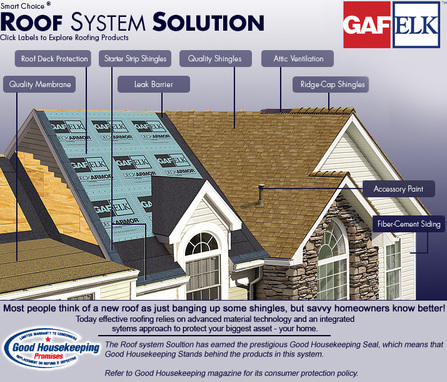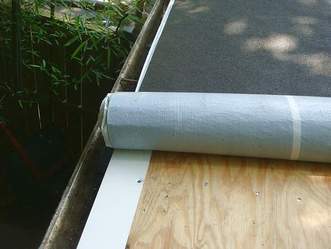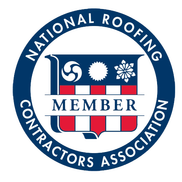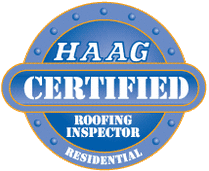Roofing InformationAt Nashville Catastrophe Services, we pride ourselves on being an educational resource for our clients. Since a majority of our clients come to us with damage to their roof following a storm, we have provided the following information for your benefit. Have any questions? Call us at (615) 761-9939. We're more than happy to come give your house a thorough inspection if you suspect roof damage, and answer any of your questions.
Virtual Home RemodelsCheck out either of these home remodel apps to see how a new roof could improve the look of your house!
|
Nashville Catastrophe Services, Inc.
10-B Public Square North Murfreesboro, TN 37130 Office: (615) 904-9800 (24 hour emergency service) [email protected]
|







